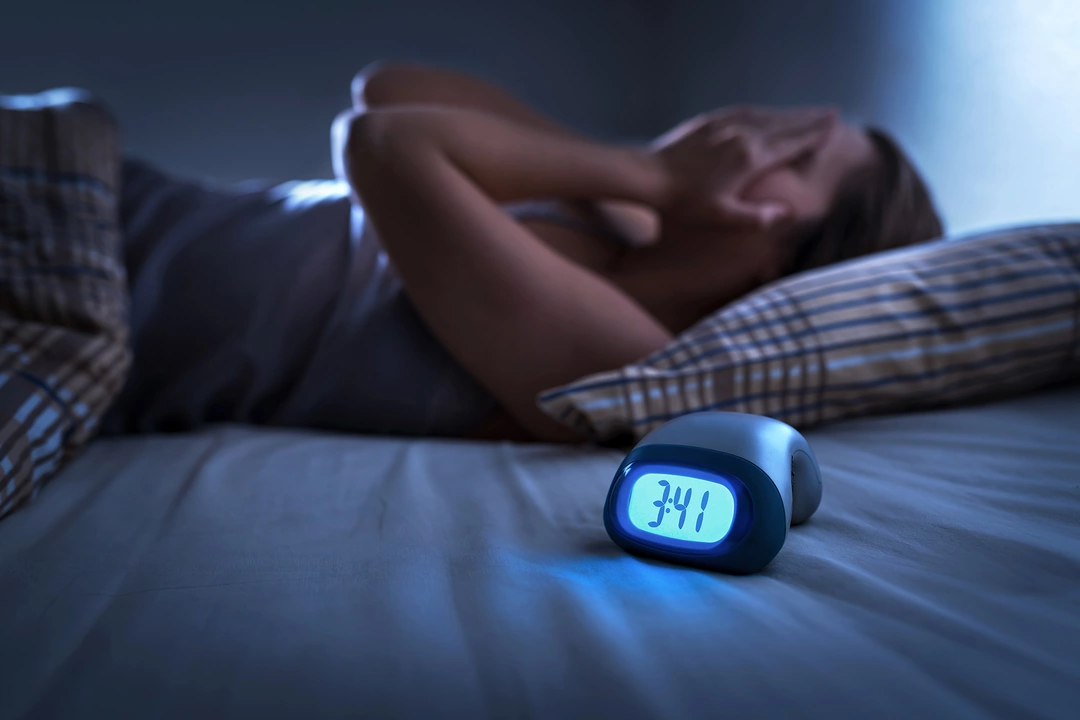Sleep Apnea: What Is It and How to Fix It
Sleep apnea means your airway closes or your breathing stops repeatedly while you sleep. That sounds simple, but those pauses can make you feel exhausted, raise blood pressure, and increase heart risk. If you wake up gasping, snore loudly, or your partner says you stop breathing at night, take it seriously—this is common but treatable.
How to recognize sleep apnea right now
Look for clear signs: loud, chronic snoring; choking or gasping during sleep; morning headaches; heavy daytime sleepiness; trouble concentrating. Partners often notice the breathing pauses. Risk factors include being overweight, having a thick neck, large tonsils, a small jaw, nasal blockage, or using alcohol and sedatives before bed. Men and older adults have higher risk, but anyone can get it, including women and children.
Diagnosis and simple tests
Your doctor will usually ask about symptoms and do a physical exam. Most people get a sleep study. That can be an in-lab polysomnogram or a home sleep apnea test. Home tests work well for many adults with typical symptoms. The sleep study measures pauses, oxygen drops, and how often you wake up. The result tells whether you have obstructive sleep apnea (OSA), central sleep apnea, or a mix.
Treatment choice depends on how bad it is and what caused it. For mild to moderate OSA, lifestyle changes often help: lose weight, stop smoking, avoid alcohol and sedatives before bed, and sleep on your side. Simple tools like positional pillows or a tennis ball sewn into a shirt can stop position-caused pauses.
CPAP (continuous positive airway pressure) is the gold standard for moderate to severe OSA. It keeps your airway open with gentle pressure. If a CPAP feels uncomfortable, try different masks, humidifiers, or lower ramp pressure at first. Give it a few weeks—most people adapt and notice better energy and mood.
If you can’t tolerate CPAP, ask about alternatives: an oral appliance from a dentist can move the jaw forward and help mild-to-moderate cases. For specific anatomy issues, ENT doctors may recommend surgery to remove excess tissue or fix nasal problems. Newer options include implantable nerve stimulators for select patients.
Don’t ignore sleep apnea. It raises the risk of high blood pressure, heart attack, stroke, and daytime accidents from drowsy driving. If you or your partner suspect pauses at night, book an appointment. Keep a simple log of symptoms, snoring, and daytime sleepiness to show your doctor—that helps speed up diagnosis and treatment choices.
Practical tip: start small—stop drinking within three hours of bedtime, try side-sleeping, and test a nasal saline rinse for congestion. If those help only a bit, get a sleep study. Fixing sleep apnea often brings immediate gains: better sleep, sharper thinking, and more energy during the day.




